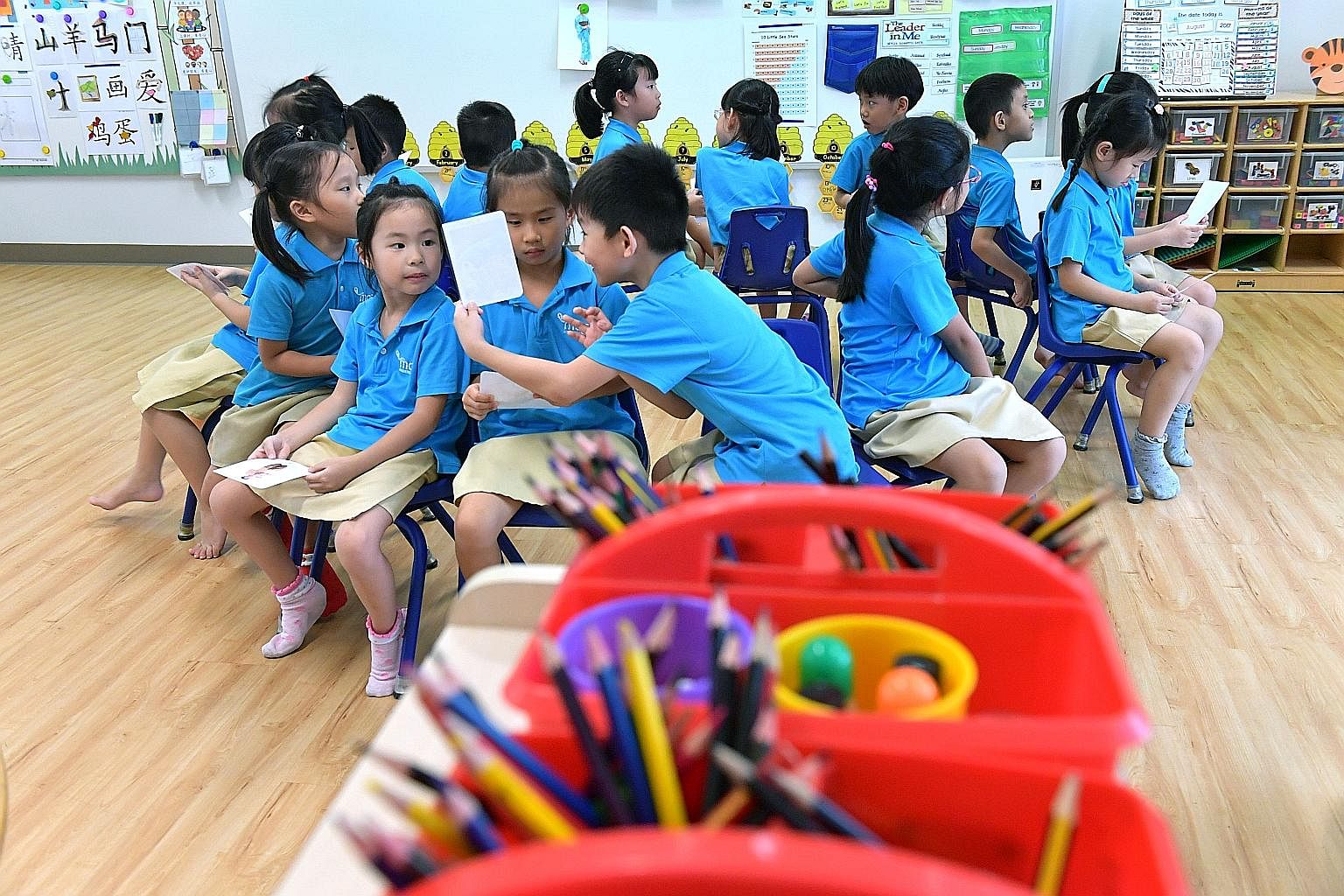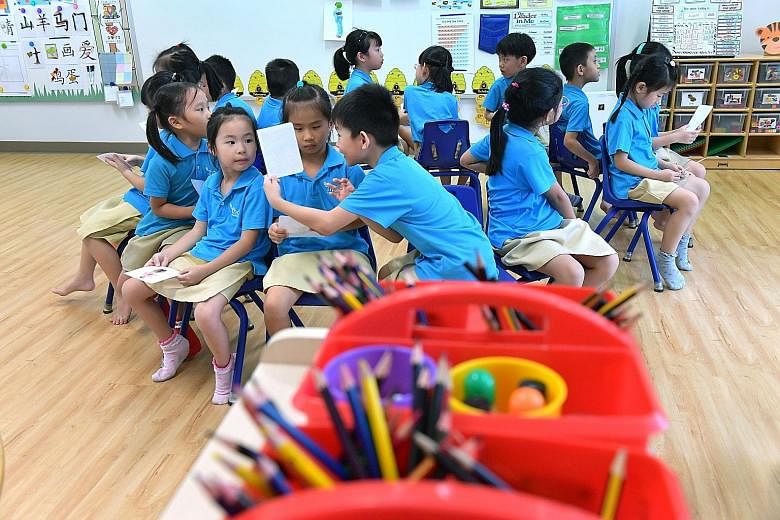In the past week, concerns have been raised over plans to give priority primary school admission to pupils attending kindergartens operated by the Ministry of Education (MOE).
While it makes sense from a planning perspective to facilitate a smooth transition for children from MOE kindergartens located within the premises of primary schools, it is also worthwhile to consider the longer-term implications of such a move.
In my research and writing on education, I have often pointed out the behavioural effects of creating categories in education. These effects are based on social science theories of how humans behave.
When you create a category, it differentiates. Depending on the starting point, that category starts to be given a prestigious or stigmatised label. Through a self-fulfilling prophecy, the category assigned with prestige attracts more demand and resources, and the stigmatised category attracts less. Richer families are then better able to prepare themselves and their children for entry into the prestigious educational category, leading to educational segregation by socio-economic status.
An example is the Integrated Programme, which lets students skip the O levels and move seamlessly from secondary to pre-university studies. It was meant to be another path to broaden choice, but it became a prestigious programme viewed to be superior, and its students are over-represented by children from wealthier families.
In the case of co-location of kindergartens and primary schools, a group is created that will likely be assigned a prestige label because of the "insiders" benefit of priority admission.
This inadvertently accentuates the "insiders" versus "outsiders" divide, precisely what psychological and sociological research has shown will result in differentiation and inequality. This additional demand for certain pre-schools is also artificial because for the same quality of pre-school education, the MOE kindergarten is preferred due to its priority access to the primary school.

The Primary 1 balloting process is already a stressful and competitive one that privileges wealthier families due to residential location and the ability to volunteer in schools. (Living close to a school, or having parents who volunteer at a school, gives a child priority admission to that primary school.)
There is a danger that the creation of a new preferential group will further segregate pupils by socio-economic status and bring the "arms race" for educational success earlier to the pre-primary level.
Every policy should be assessed for its impact beyond the intended effects.
While the stated reason for the priority admission is well-intentioned, the actual benefits could be small and the unintended costs high.
Benefits are small because children who attend MOE kindergartens can be expected to have a smoother transition anyway to mainstream primary school, as their pre-school curriculum is likely to be more aligned to the Primary 1 curriculum. Most would also live nearby anyway. So giving them priority admission does not seem to increase the marginal benefit enjoyed by these pupils.
At the same time, however, such priority admission can create more intense competition among children at a young age (and their parents) and inadvertently worsen educational inequality.
The smaller the number of "insiders" in the prestigious category, the greater the artificial demand for the limited number of spots. MOE kindergartens are said to cater to 20 per cent of five-and six-year-olds by 2023. This means that there are a limited number of spots, and thus the possibility is high that the places will in time be taken up by children from more well-resourced families, including those who can move closer to such schools to increase their admission chances.
The potential effects of priority admission on inequality could undermine the national efforts to level up the pre-school education of low-income children.
Besides efforts to improve overall quality and standards through investments in operators, training and salaries, the KidStart programme was started to provide additional support to low-income children and their families. However, KidStart boosts only children from the most disadvantaged families. There are children from poorer but not the lowest-income families - for example, those in the 20th to 30th percentile - who could be disadvantaged by early educational segregation as a result of Primary 1 priority admission.
It is good that for now, MOE is rolling out its kindergartens only in government and not government-aided schools, which tend to be more sought after. We should consider carefully the potential inequality effects of co-locating MOE kindergartens in government-aided schools, and reconsider priority Primary 1 admission.
In addition, we should care not just about levelling up the bottom, but also ensuring equality of access or not further widening inequality.
There are existing signs of educational inequality in Singapore. The Programme for International School Assessment by the Organisation for Economic Cooperation and Development shows that while 15-year-old students in Singapore on average perform better than those in other OECD countries, the gap between the top and bottom scorers is wider and the dependence on parents' socio-economic status higher.
Overseas research has also shown that country-specific environments matter greatly to disparities in the abilities of children as young as five years old. In research that compared five-year-olds in the United States, Britain, Australia and Canada, published in 2012, the US was found to have the largest difference and dependence of five-year-olds' cognitive scores on parents' socio-economic status , followed by Britain.
As we make early childhood development a national priority, let us take care not to worsen competitive stress and educational inequality.
•The writer is Associate Professor, Social Work, and Director, Social Service Research Centre, National University of Singapore.

